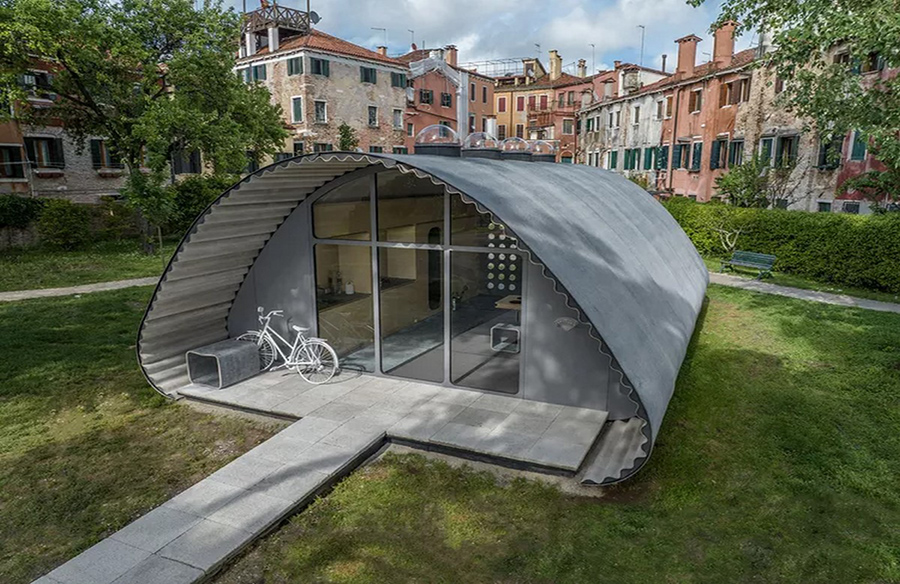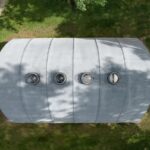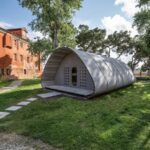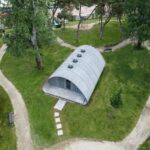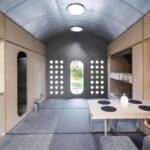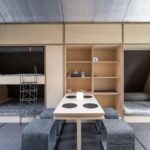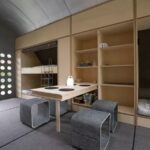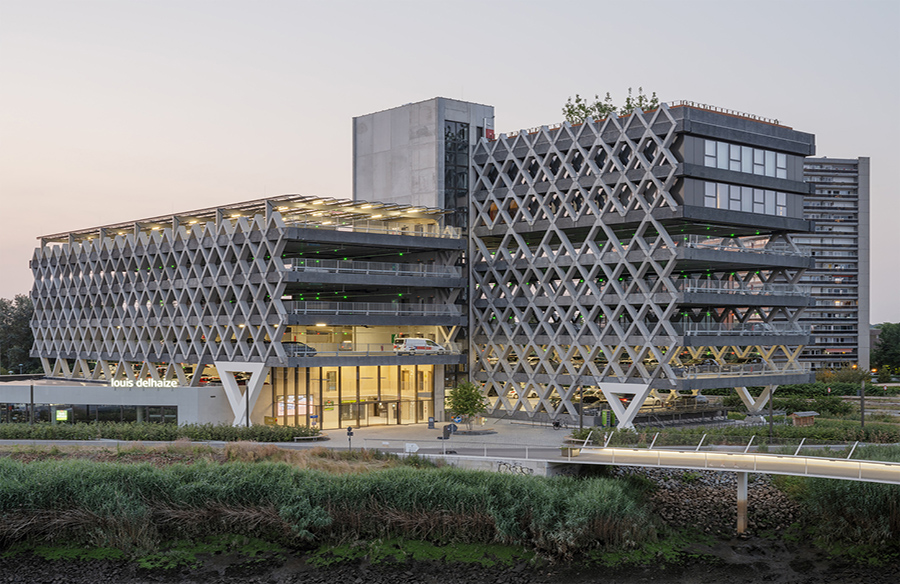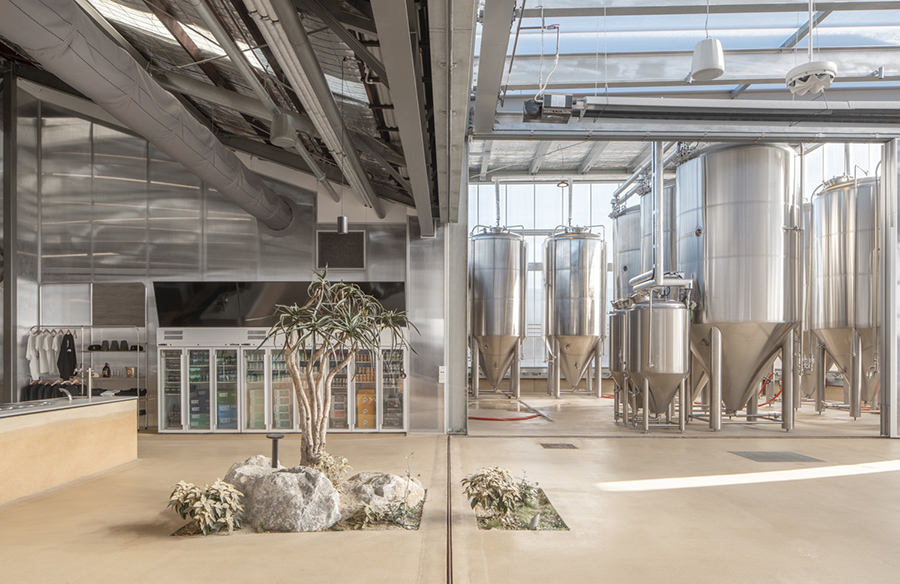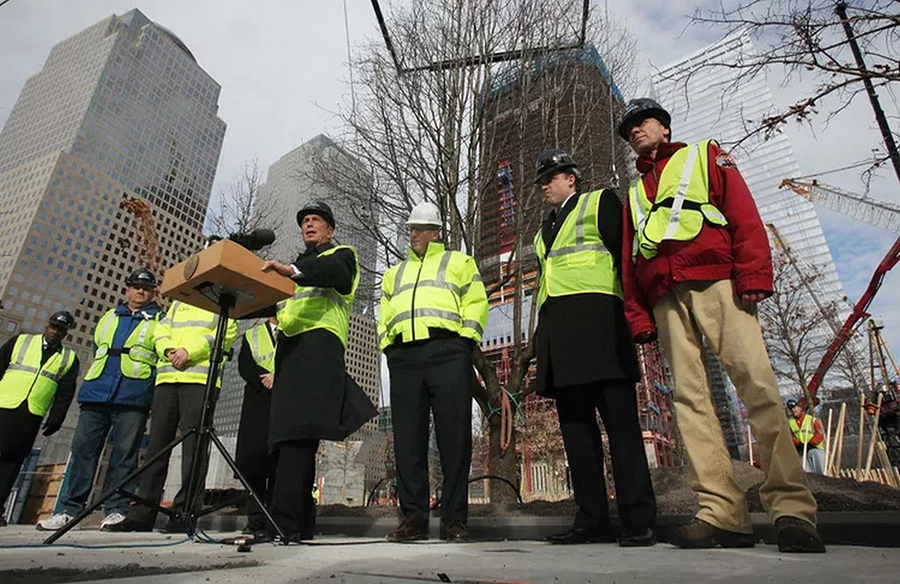Introduction: Addressing the Needs of Displaced Communities
In an increasingly unpredictable world marked by conflicts, natural disasters, and the growing impact of climate change, millions of people find themselves displaced from their homes. The urgent need for safe and humane emergency housing has prompted innovative solutions aimed at providing dignity and well-being to displaced communities.
The Essential Homes Research Project
The Essential Homes Research Project, a collaboration between the Norman Foster Foundation and Holcim, a Swiss building materials company, seeks to address the housing needs of displaced populations. This initiative aims to create sustainable, durable, and temporary housing solutions that offer a higher standard of living for displaced individuals and families.
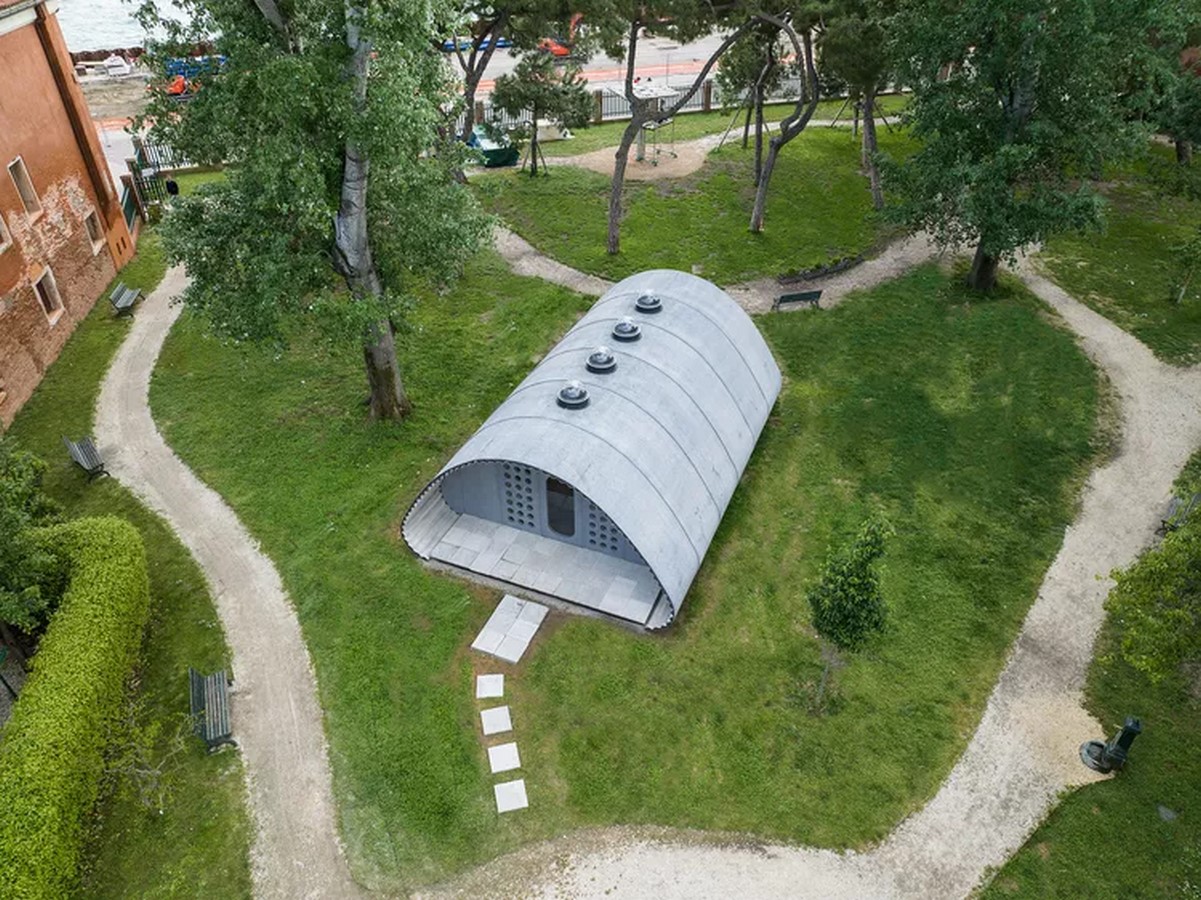
Sustainability and Durability
The prototype developed through the Essential Homes Research Project features a modular structure with a low-carbon footprint. Compared to similar purpose-built structures, the prototype boasts a 70% lower carbon footprint, making it an environmentally sustainable solution for emergency housing.
Innovative Construction Materials
The external shell of the unit is constructed using rollable concrete sheets made from a low-carbon mix of cement, reducing CO2 emissions by 20% compared to traditional concrete. Additionally, the unit is equipped with an energy-efficient insulation system, ensuring thermal and acoustic comfort while minimizing energy consumption.
Circular Construction Practices
The base of the unit is constructed using recycled construction demolition materials, sourced through Holcim’s ECOCycle circular technology platform. This approach not only enhances the resilience of the base but also promotes circular construction practices by repurposing materials that would otherwise be discarded.
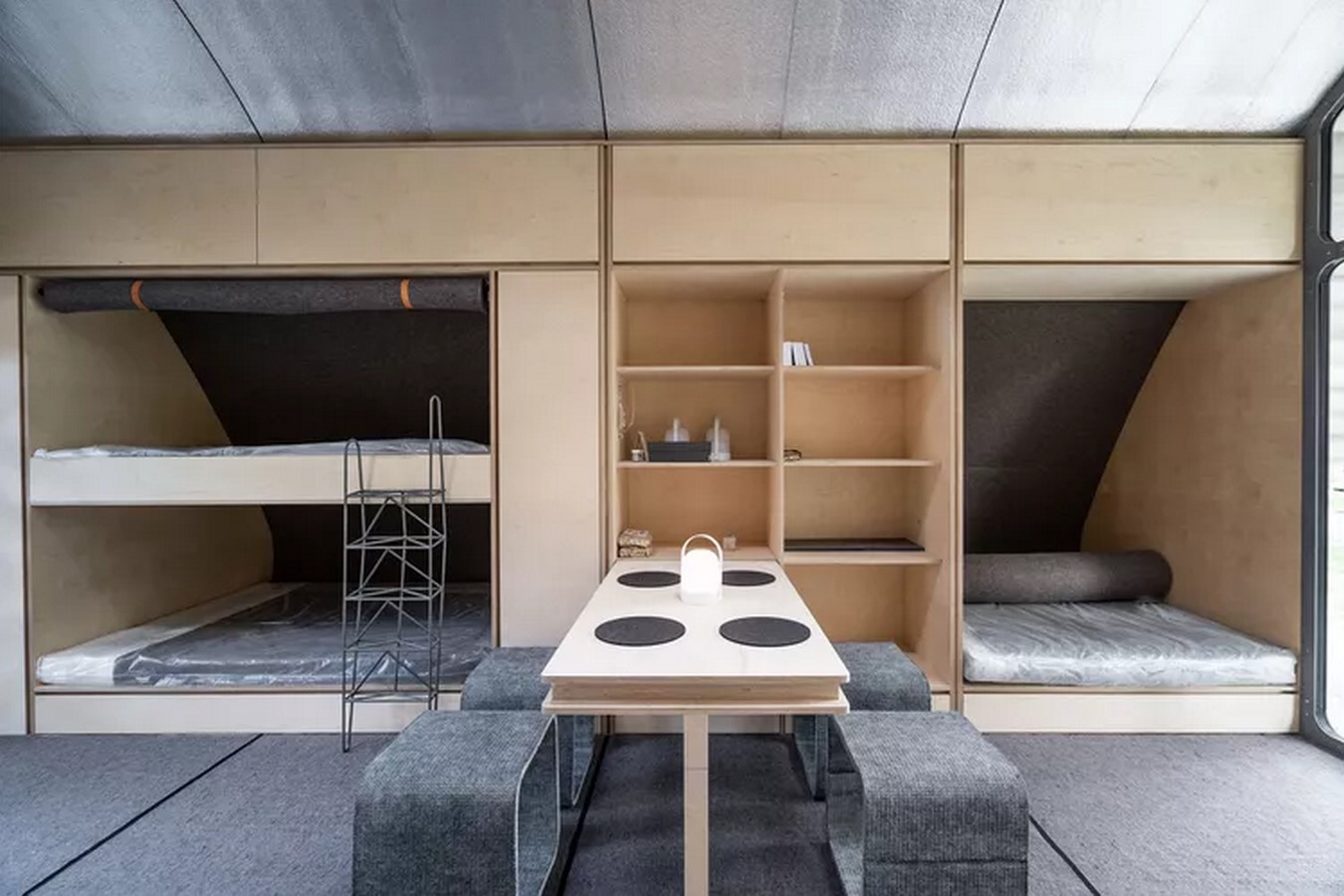
Modularity and Flexibility
One of the key features of the prototype is its modular design, allowing for flexible configurations to accommodate the evolving needs of displaced communities. The units can be assembled as single pods or combined to form larger communal spaces, fostering a sense of community and belonging.
Enhancing Quality of Life
The interior of the units is designed to prioritize comfort and functionality, with designated sleeping pods, dining areas, storage space, and hygiene facilities. The wood-lined interiors offer a significant improvement over conventional tent shelters, providing a sense of stability and security for residents.
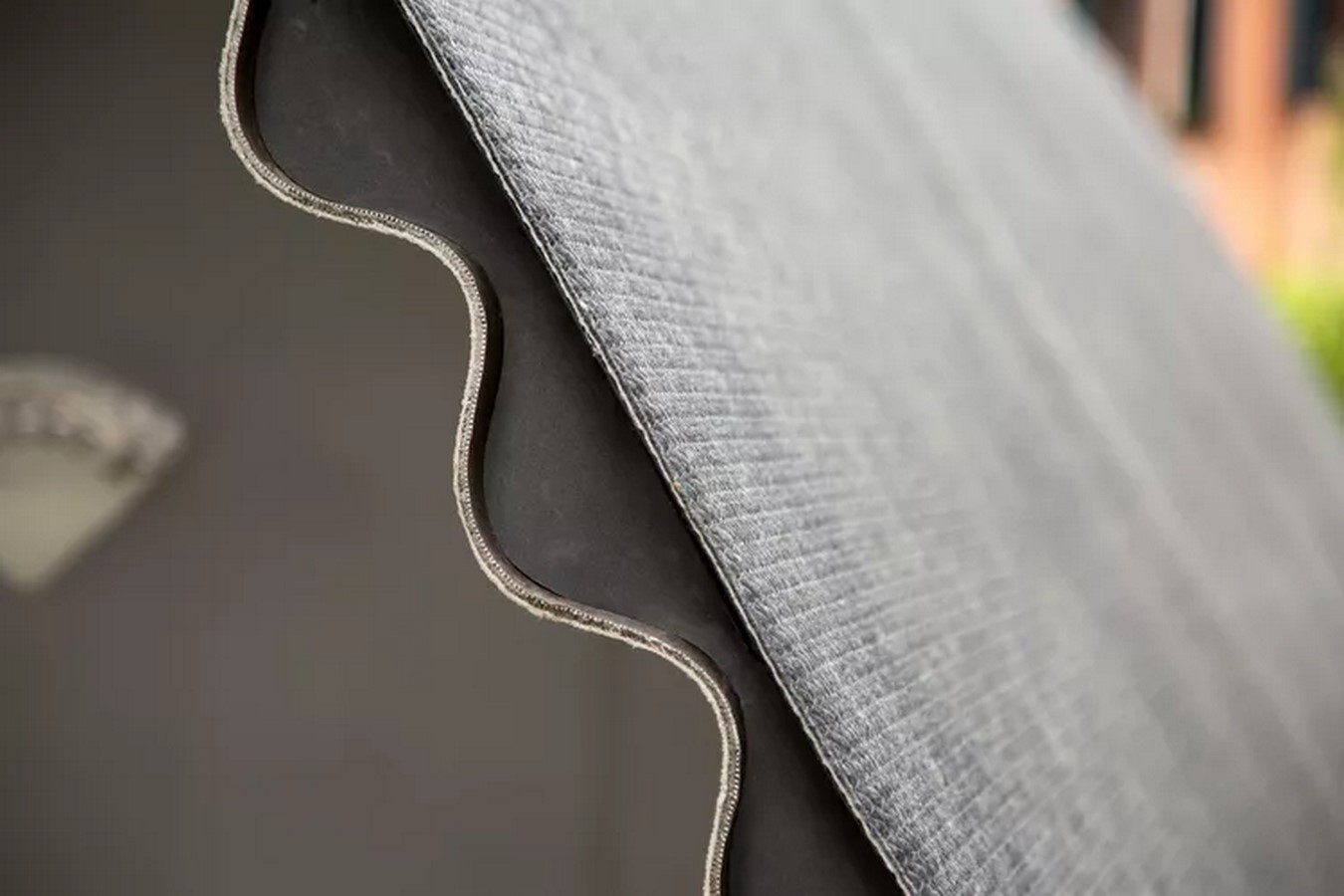
Conclusion: A Step Towards Sustainable Emergency Housing
While sustainable emergency shelters are not a solution to the root causes of mass migrations, they play a crucial role in providing dignified and safe housing for displaced populations. The Essential Homes Research Project demonstrates the potential of innovative design and construction practices to address the urgent needs of displaced communities while promoting sustainability and resilience.
